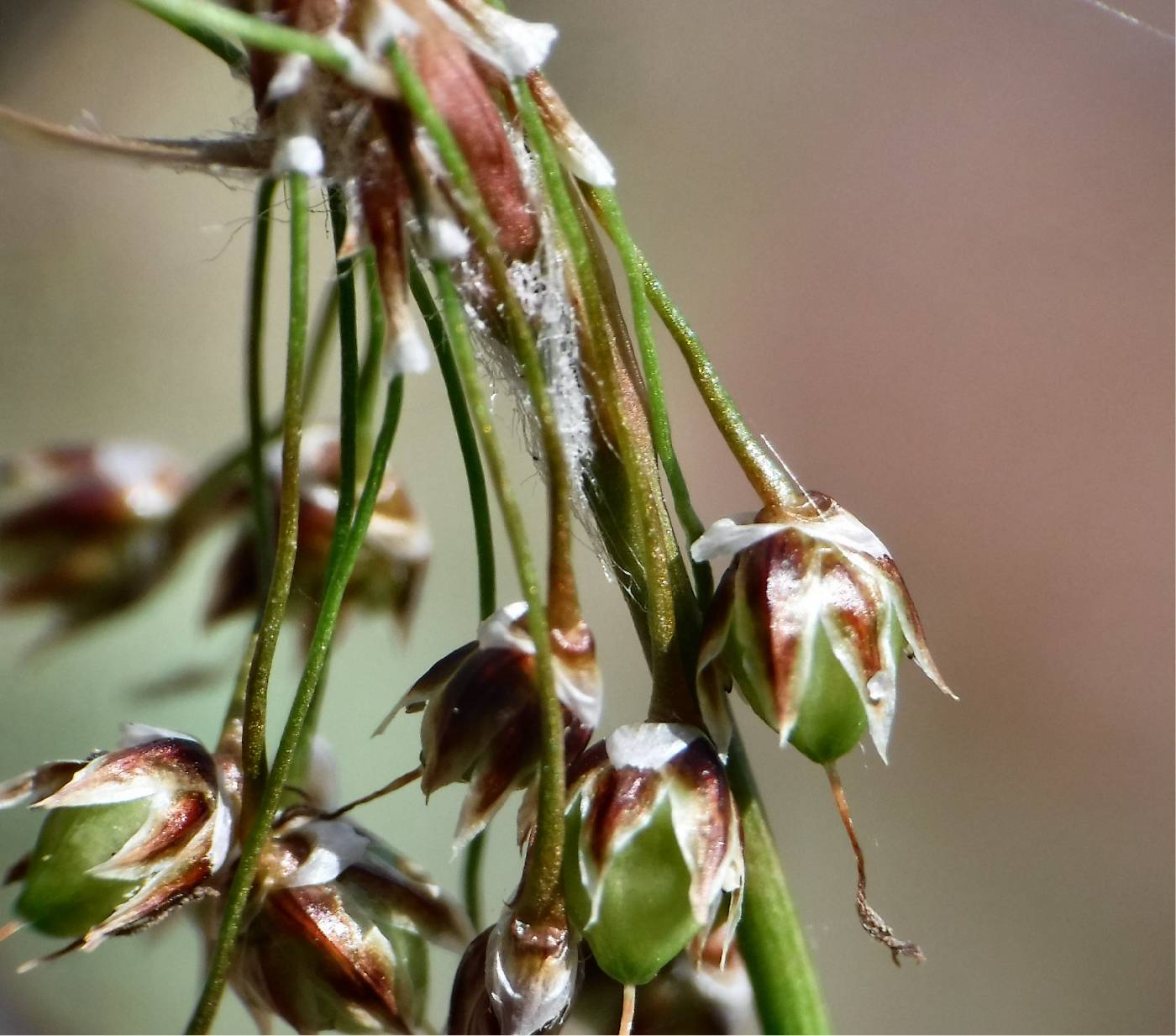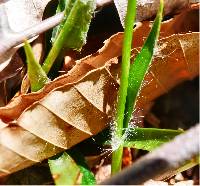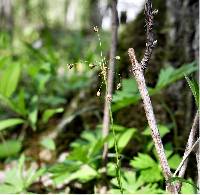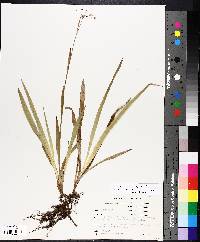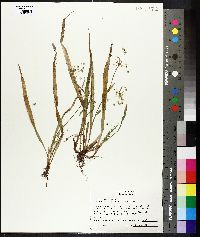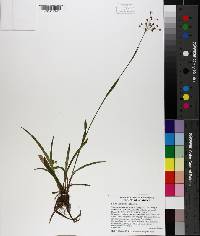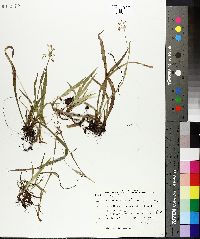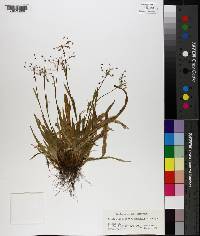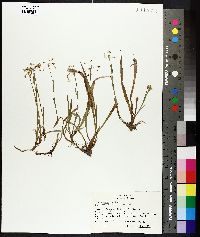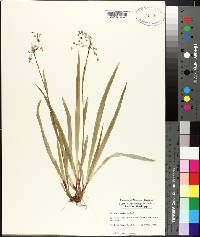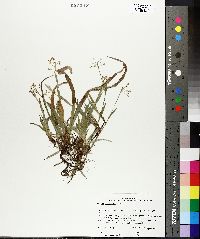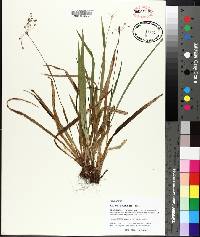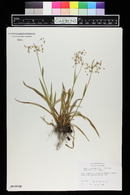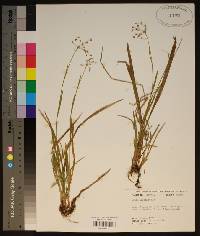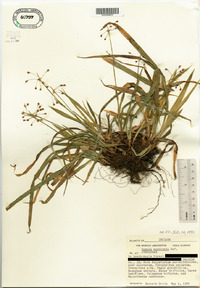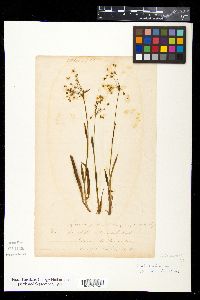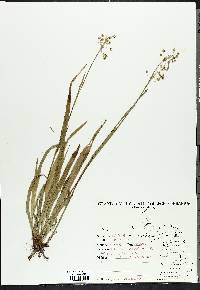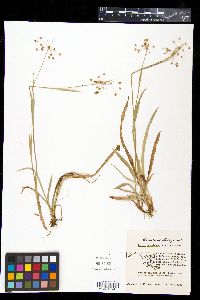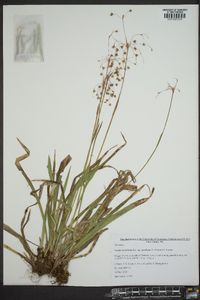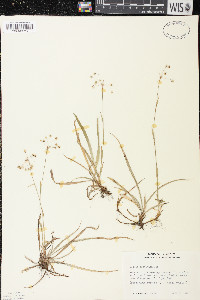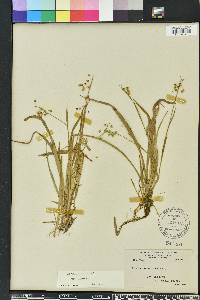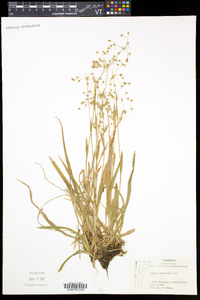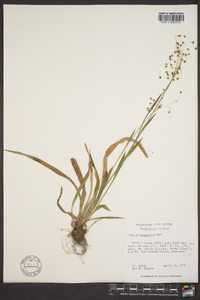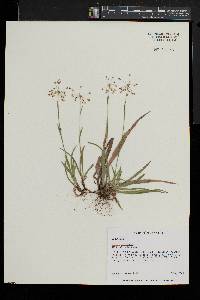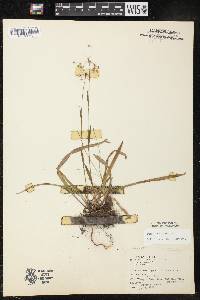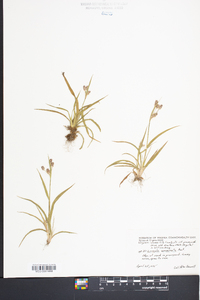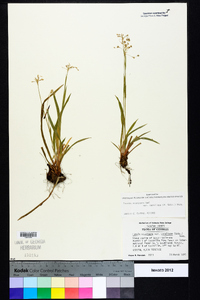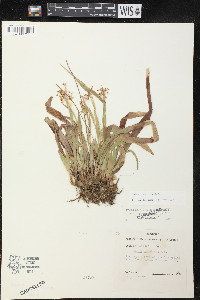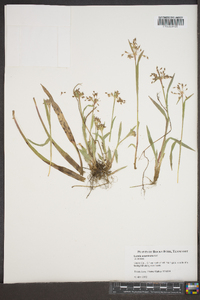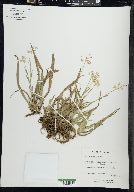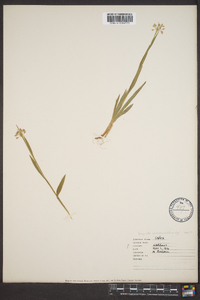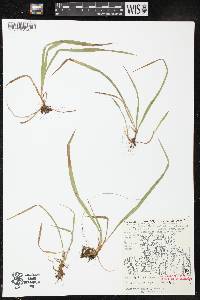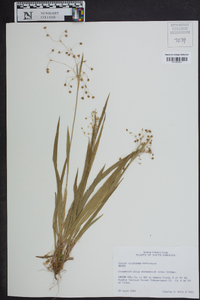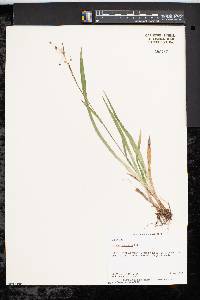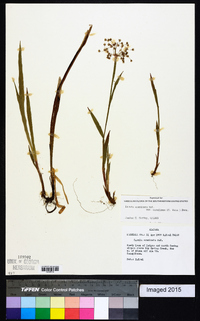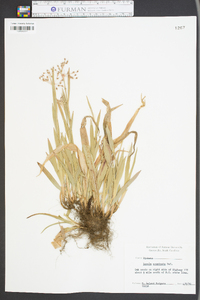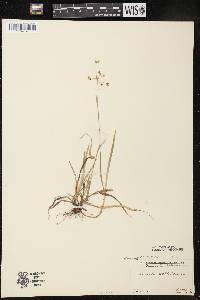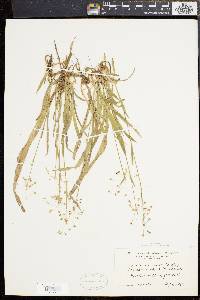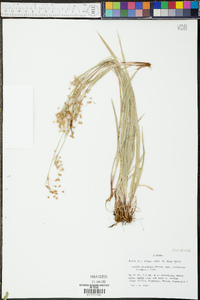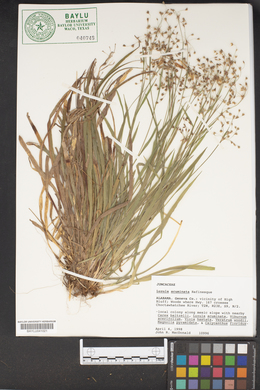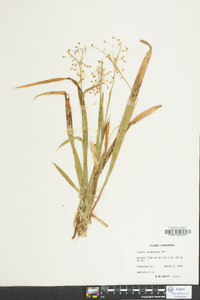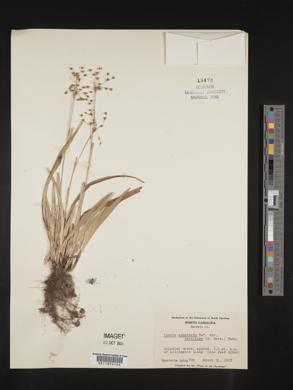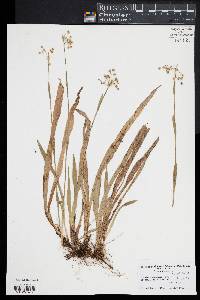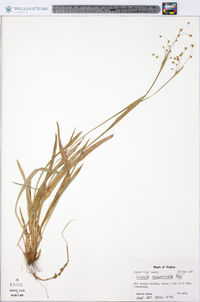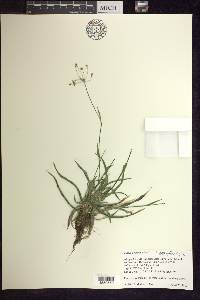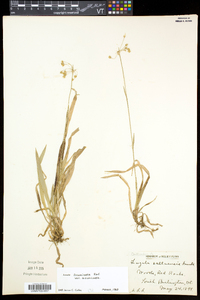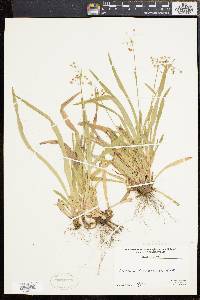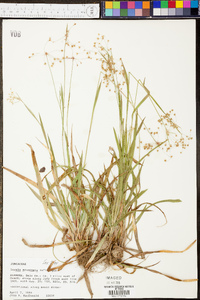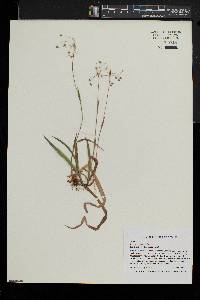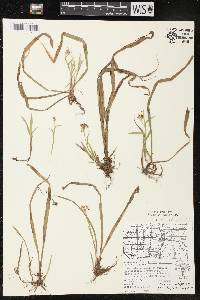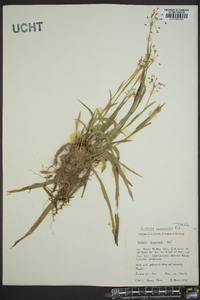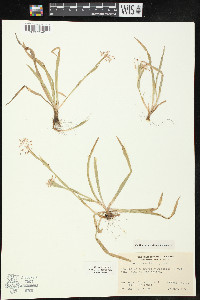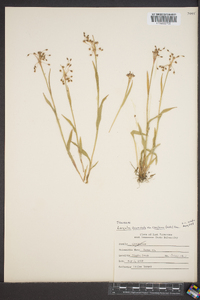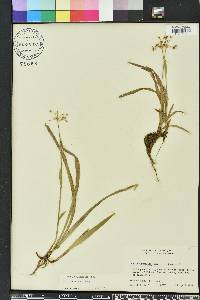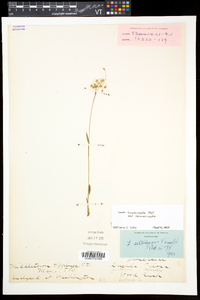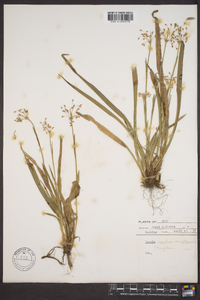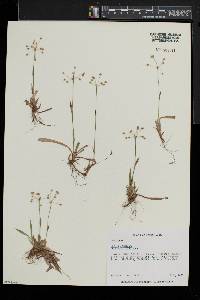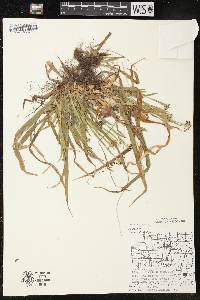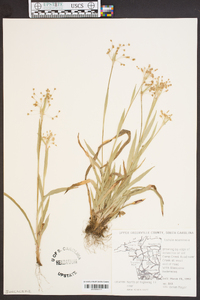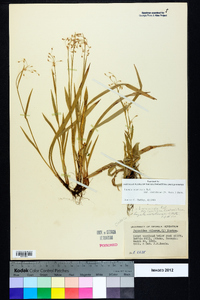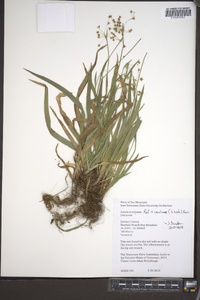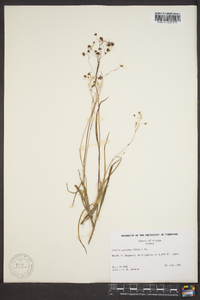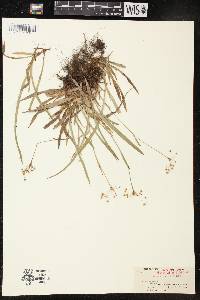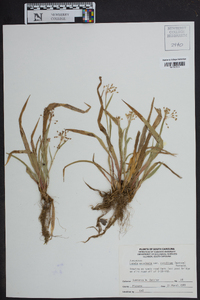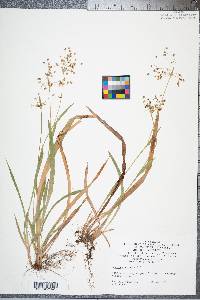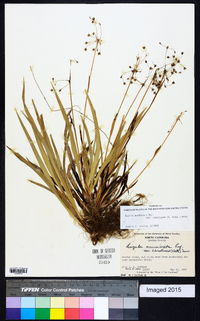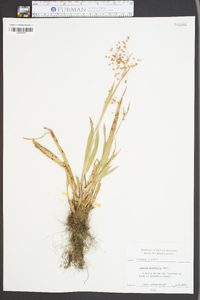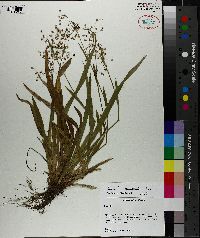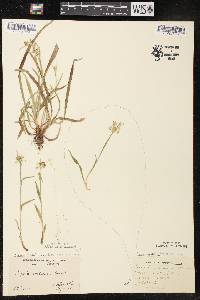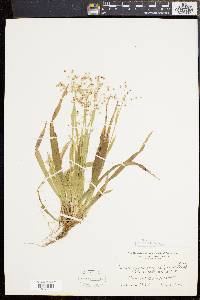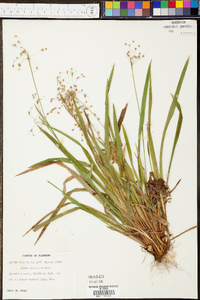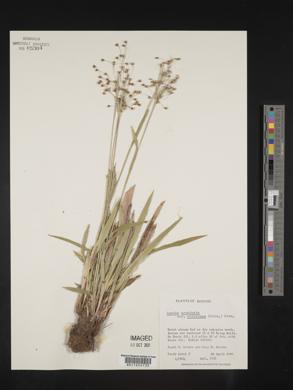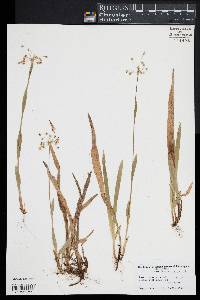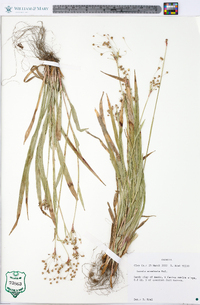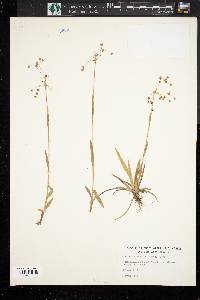Luzula acuminata
|
|
|
|
Family: Juncaceae
Hairy Wood-Rush
|
Rhizomes similar to stolons. Stolons to 6 cm, scale leaves present. Culms loosely cespitose, 10--40 cm x width3--5 mm. Leaves: sheaths reddish, throat pilose; blade sparsely pubescent; basal leaves 32 cm x 12 mm; cauline leaves 2--4, 2--4 cm x 2--5 mm. Inflorescences cymose, not rarely branching or often branching to 6 cm; proximal inflorescence bract 1/2--2/3 inflorescence length; bracts straw-colored, apex truncate, lacerate, glabrous or pubescent; bracteoles lance-ovate, 1/3--1/2 tepal length; pedicels single or paired, erect to spreading, 1--4 cm. Flowers: tepals pale to dark brown, 3--4.5 mm, margins entire, clear; anthers 2 times filament length; stigmas ± equaling style length. Capsules green to straw-colored, exceeding tepals; beak a mucro; valves widely spreading upon splitting. Seeds reddish to brown, 1--1.5 mm; caruncle curved, ± equaling length of seed body. 2n = 48. Perennial grasslike forb 10 - 40 cm tall Leaves: mostly basal, but also two to four alternate on stem, linear, flattened, grasslike, sparsely hairy (though long, soft, multicelled hairs along edges), thickened at tip, and the reddish basal sheaths with soft hairs along their inner surface. The basal leaves are up to 32 cm long and 1.2 cm wide, but the much smaller stem leaves are only 2 - 4 cm long and 2 - 5 mm wide. Inflorescence: terminal, up to 6 cm long, appearing umbel-like with solitary flowers terminating 1 - 4 cm long, erect to spreading stalks which arise from a somewhat common point. Flowers: tiny (under 0.5 cm tall), radially symmetric, with six (in two whorls of three) spreading tepals, six stamens, one superior ovary, one long style, and three stigmas. The 3 - 4.5 mm long tepals are brown with translucent edges, the anthers are twice the length of the filaments, and the style and stigmas are about the same length. Fruit: stalked, single-chambered, three-valved, green to straw-colored, 3.2 - 4.7 mm tall (taller than tepals), somewhat rounded capsules with abruptly narrowed sharp tips. Stems: loosely tufted, erect, slender (3 - 5 mm wide), and arising from up to 6 cm long stolons lying more or less parallel to the ground. Seeds: three per capsule, reddish to brown, 1 - 1.5 mm long, plump, egg-shaped with a curved, whitish, terminal appendage (caruncle) which is nearly as long as the seed body. Bracts: two subtending inflorescence, leaf-like, shorter than inflorescence (one-half to two-thirds as long). In addition to the two leaf-like bracts, each stalk within the inflorescence is subtended by one or two smaller, straw-colored, blunt, often hairy bracts with somewhat unevenly cut sides. Directly below flowers are two to three lance- to egg-shaped, very small (one-third to one-half tepal length) bracts (bracteoles). Similar species: Luzula acuminata is unlike our other species of Luzula in the Chicago Region because those species either have their flowers in tight clusters (glomerules) with more than four flowers per inflorescence branch, or if the flowers are only in pairs then the tepals are pinkish and the outer three are keeled and shorter than the inner three. Our plants are all L. acuminata var. acuminata as described above, but in the southeast United States there is another variety, L. acuminata var. carolinae, which differs by usually having additional branching in the inflorescence, and the flower stalks are often paired. Members of the genus Luzula differ from the genus Juncus by having long-hairy leaf edges, and single-chambered capsules with only three seeds. In addition, species of Luzula will never have septate leaves or auricles at the top of the leaf sheaths. Flowering: March to June Habitat and ecology: Not common, but occasionally found in the far eastern part of the Chicago Region, typically in rich beech-maple woods. Occurence in the Chicago region: native Notes: This species of Luzula is quite easy to identify in comparison to the other species in the Chicago Region because it is the only one with a somewhat umbel-like inflorescence with single flowers at the branch tips. Author: The Field Museum Clustered perennial 1-4 dm, with short stolons and rhizomes; lvs ±persistently hairy along the margins, all with a blunt callous tip, the basal ones elongate, to 3 dm נ1 cm, the cauline 2-4, shorter and somewhat narrower; infl (1-)3-6 cm, the loosely spreading, almost filiform primary branches with a single terminal fl, or few-branched and with 2-4 fls; tep lance-ovate, usually chestnut-brown in the center with scarious margins, (2.6-)3-4.5 mm, subequal or the pet a bit longer than the sep; anthers ca twice as long as the filaments; fr ovoid, 3.2-4.5 mm, mucronate; seeds purple-brown, the body subglobose, 1-1.5 mm, with a pale terminal appendage nearly as long; 2n=18. Moist woods, less often along roadsides or in other open places; Nf. to Sask., s. to Ga., Ala., and Io. Spring. Two vars.: Gleason, Henry A. & Cronquist, Arthur J. 1991. Manual of vascular plants of northeastern United States and adjacent Canada. lxxv + 910 pp. ©The New York Botanical Garden. All rights reserved. Used by permission. |
|
|
|

